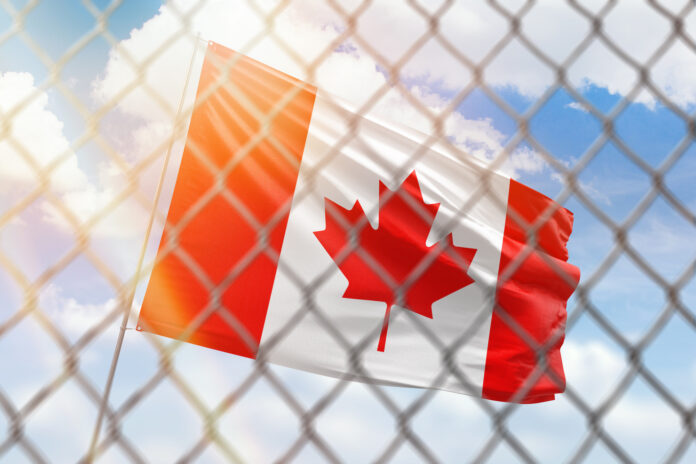
A columnist in The Global and Mail has argued that higher-than-average immigration levels are not the reason for Canada’s economic underperformance and falling living standards in recent decades.
Tony Keller observes that Canada’s population grew by 40.6 percent between 1990 and 2022, which is more than most highly-developed countries such as Switzerland, Norway, and Sweden. This disparity is credited to Canada’s rising immigration rates over the period.
However, International Monetary Fund data suggests that it falls behind the aforementioned nations in terms of per-capita gross domestic product. In other terms, Canada – despite having a higher relative population growth – is not as wealthy as them.
“If you took the annual economic output of each country and cut it into the same number of slices as it has people, their residents would each get a slightly larger slice of the pie than the average Canadian,” writes Keller.
Such an assertion has had obvious repercussions on the “standard-of-living curve,” one on which Canada has been falling behind for the last couple of decades according to a recent TD Economics study.
Read More Canada Immigration News
Top 10 Best Cities for Technology Jobs in Canada
Ontario Express Entry Draw: Province Invites 2,844 Skilled Trades Candidates
Prince Edward Island PNP Draw: Province Issues 58 Canada Immigration Invitations in Six Sectors
This is not to say that Canada has been trailing behind its G7 counterparts completely; since 2011, its GDP has grown at a pace equal to the US and ahead of the rest of the G7.
However, when considering that Canada’s population growth is also faster than the rest of the G7, it becomes evident that Ottawa is experience an economic underperformance.
“In 1980, Canada’s GDP per capita was US$4,000 ahead of the average advanced economy, according to TD. By the year 2000, Canada and the others were neck and neck. And today, Canada is behind. Why?”
The reason behind this and the fall in living standards, Keller writes, could instead be traced to the country’s decades of stunted productivity growth, which has largely stemmed from low levels of business investment in plant, equipment, and technology.
Watch Video:
Keller details the core of Canada’s immigration system, which is the economic stream – immigrants selected on a points-based system, with Immigration, Refugees and Citizenship Canada (IRCC) prioritizing applicants with more education and skills.
The goal behind this process is to bring in skilled foreign workers who hold more earning potential, education, and skills than the average Canadian; this boosts Canada’s GDP per capita, and – by “adding more to the pie than the average Canadian,” immigrants increase the “size of everyone’s slice.”
However, this goal was inadequately met from a policy standpoint, and the post-2015 Liberal federal government’s reduction of economic immigrants’ share among the annual immigrant inflow – in favour of family-class and refugee applicants – further diluted the immigration system.
A further addition to this aim was the Liberals’ ramping up of temporary foreign worker admissions, including through a student visa program with unlimited numbers. Immigrants from this program usually end up working in low- and minimum-wage retail and food jobs, which again lowers Canada’s GDP per capita.
Furthermore, it is a disincentive for low-wage businesses from raising pay to attract new workers, or making productivity-raising investments that reduce labour needs.
Those approaches would lower inequality and raise productivity, which Canada direly needs, Keller writes.

